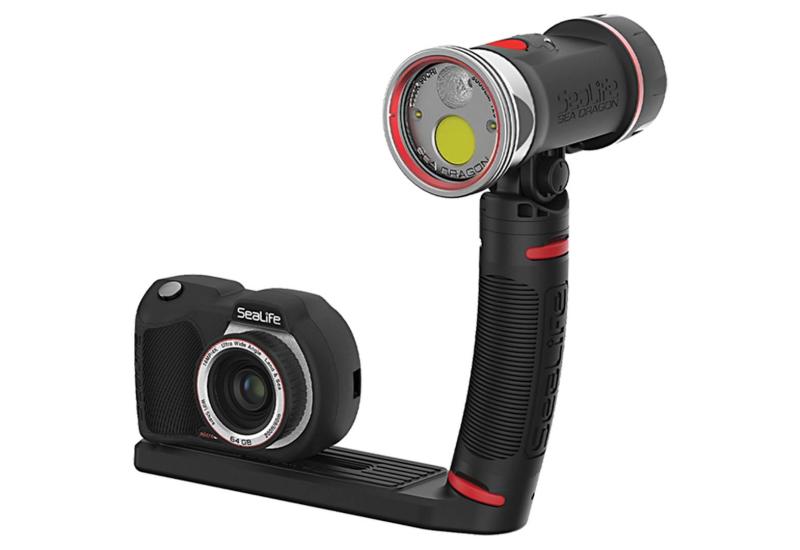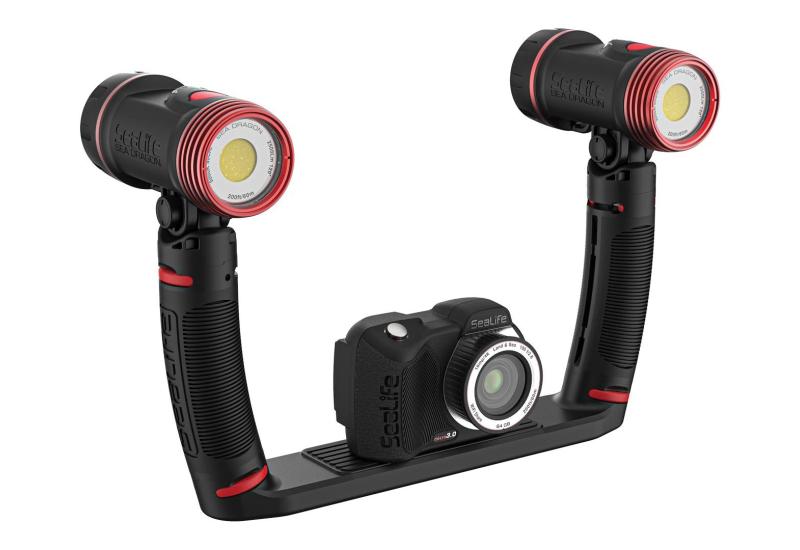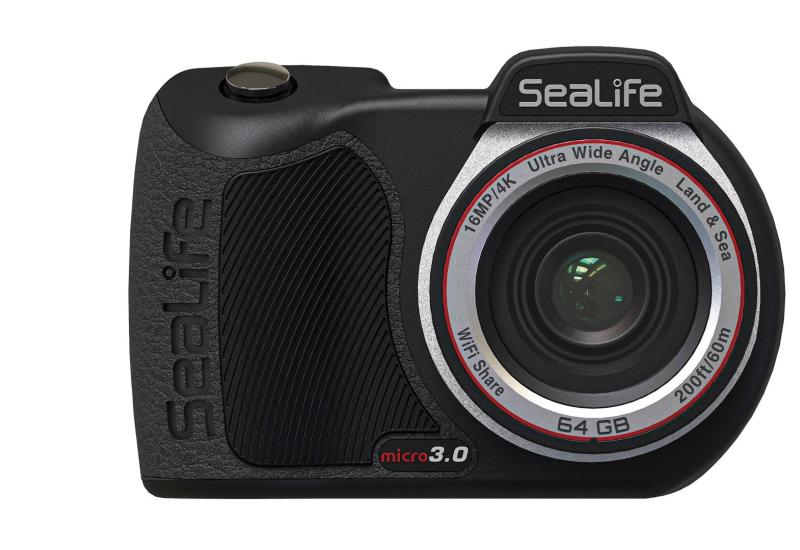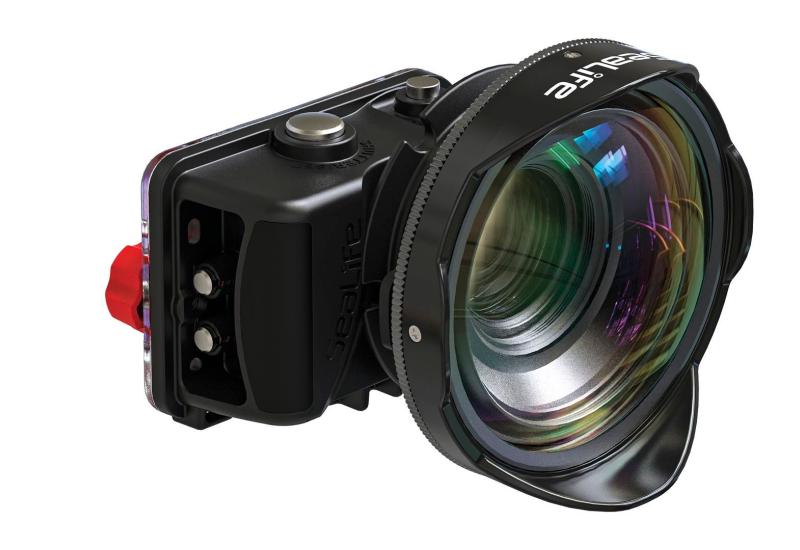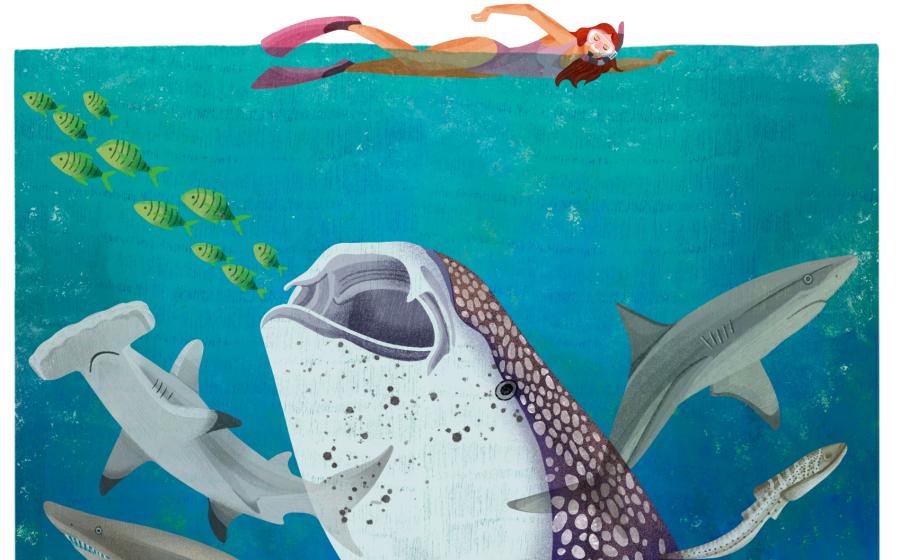How to Shoot Great Macro Images
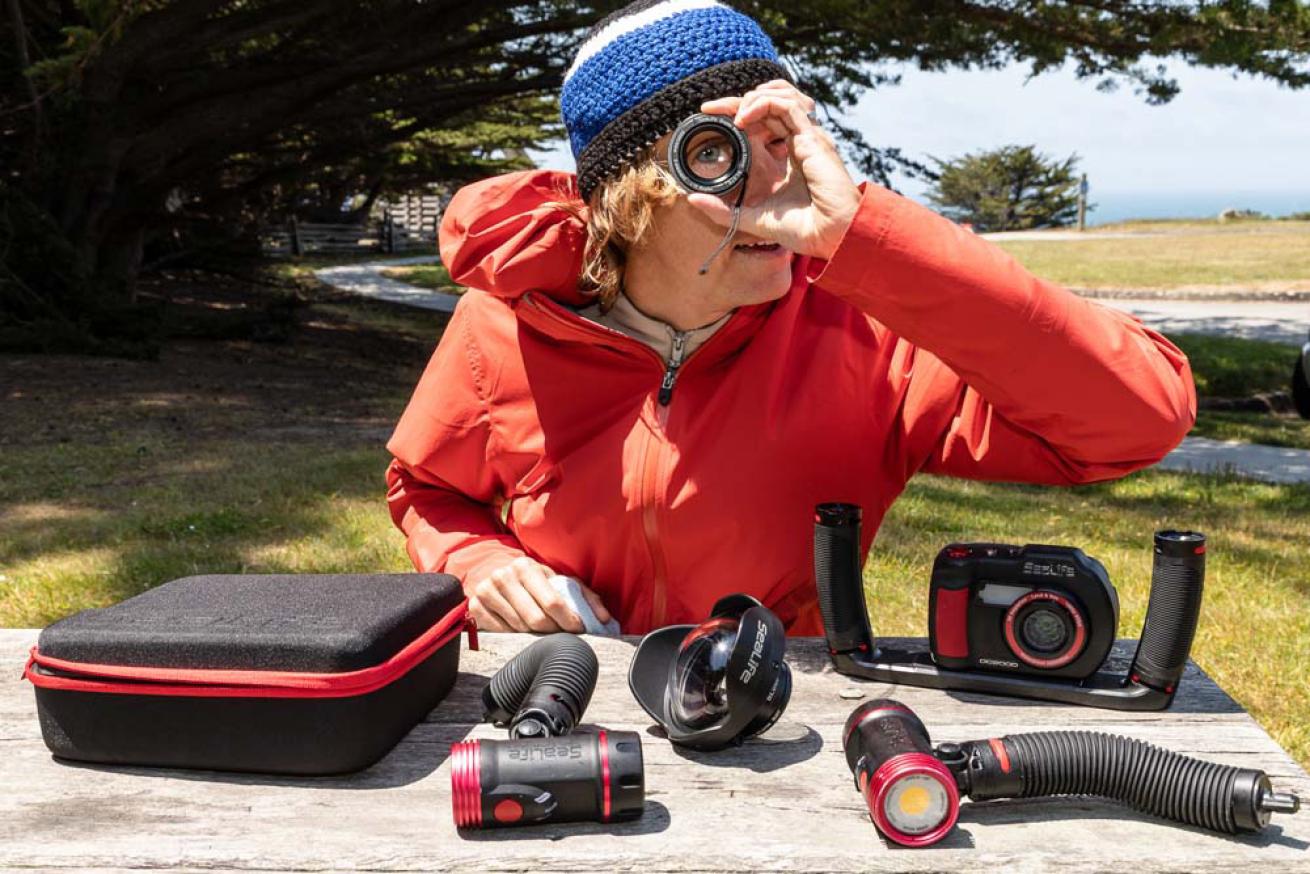
Brent DurandBrent Durand offers his expertise in taking underwater photographs with the compact, easy-to-use SeaLife DC2000 camera.
Great macro images stand out from ordinary snapshots. They show deliberate thought, planning and application of great photo composition. This can seem intimidating at first, but with the right camera settings and a few guidelines, underwater macro photography will become second nature.
This article focuses on using the SeaLife DC2000 camera. It’s compact, easy to use, and when paired with the DC-Series Super Macro Lens, allows you to capture great macro and super macro images.
When to Use the Super Macro Lens
Generally, we want to use the Super Macro Lens when the subject is smaller than 3 inches (7.6cm) across and we want to position the camera as close to the subject as possible. Here’s why.
All camera lenses have a minimum distance at which they can focus (3.5” for the DC2000 in Macro Focus Mode). When we half depress the shutter button, the focus area box turns green to indicate that the subject is in focus.
When the subject appears too small in the frame, we move the camera closer to make the subject appear larger, half depressing the shutter again. We do this until we notice that the camera cannot achieve focus, displaying a red focus area box. This means the camera is inside the minimum focus distance. If the subject still looks too small in the frame, it’s time to attach the diopter. This not only magnifies the scene, but it allows you to move the camera slightly closer to the subject to capture more detail.
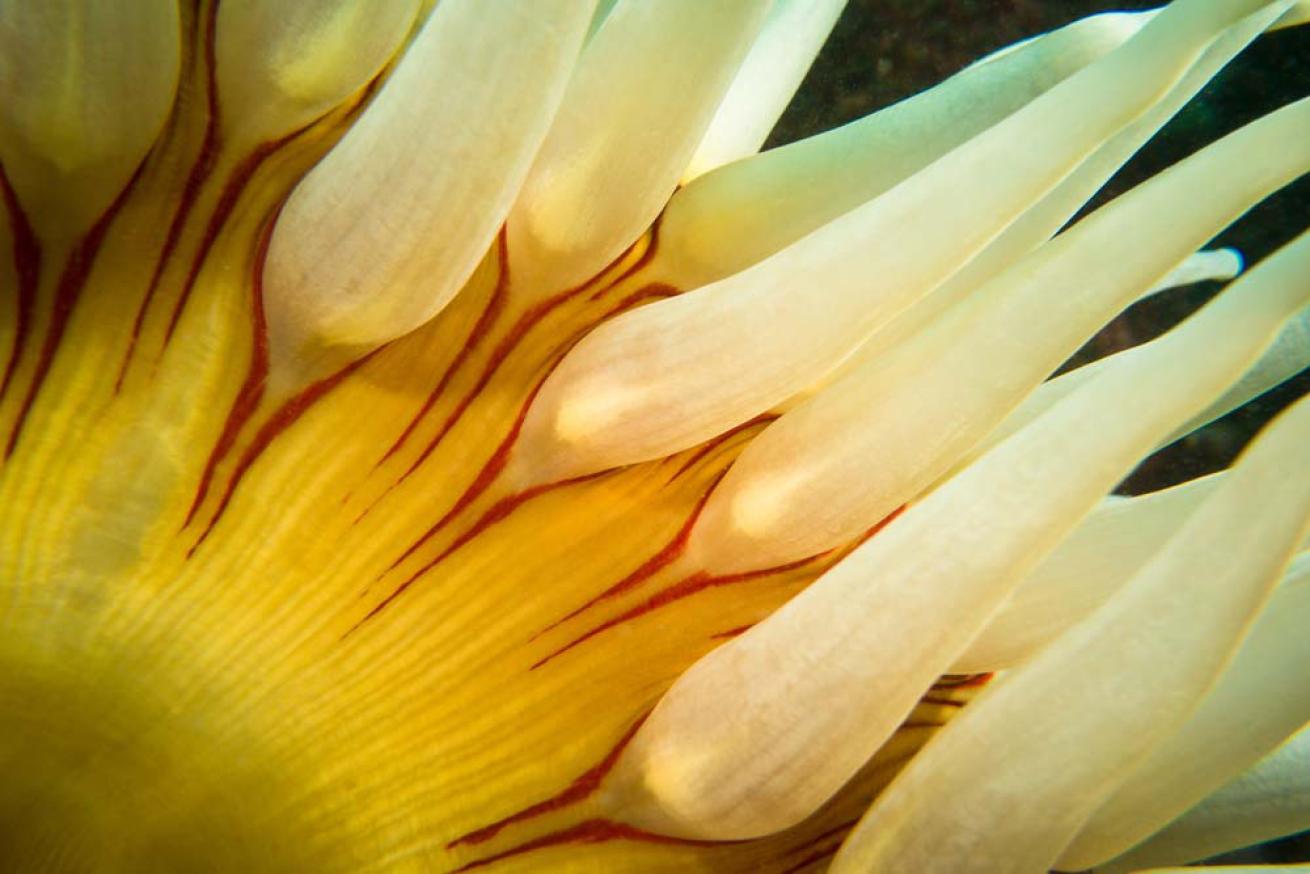
Brent DurandAttaching the diopter will not only magnify the scene, but allow you to move the camera slightly closer to the subject to capture more detail.
Pro Tip: Be sure to keep your photo-video light on when composing your photos, as it will greatly help the camera achieve focus.
Underwater Macro Settings
The great thing about the DC2000 is that it allows you to shoot automatically or manually, either with a flash or with a photo-video light. It’s not as intimidating as it sounds.
The first thing to do is make sure the following menu items are set.
1. RAW+JPG: On if you would like to shoot RAW files
2. White Balance: AWB
3. ISO: 125
4. Metering: Multi
5. AF Area: Center
6. AF Lamp: Off
7. Continuous AF Photo: Off

Philippe EggertAll camera lenses have a minimum distance at which they can focus (3.5” for the DC2000 in Macro Focus Mode).
Automatic Macro Shooters
Rotate the mode dial to the fish icon. Next, press the Menu button and then the down arrow followed by OK to select the appropriate Underwater Scene Mode.
- If you are using an external flash or the camera’s internal flash, select Ext Flash
- If you are using a constant photo-video light, select Ext Light
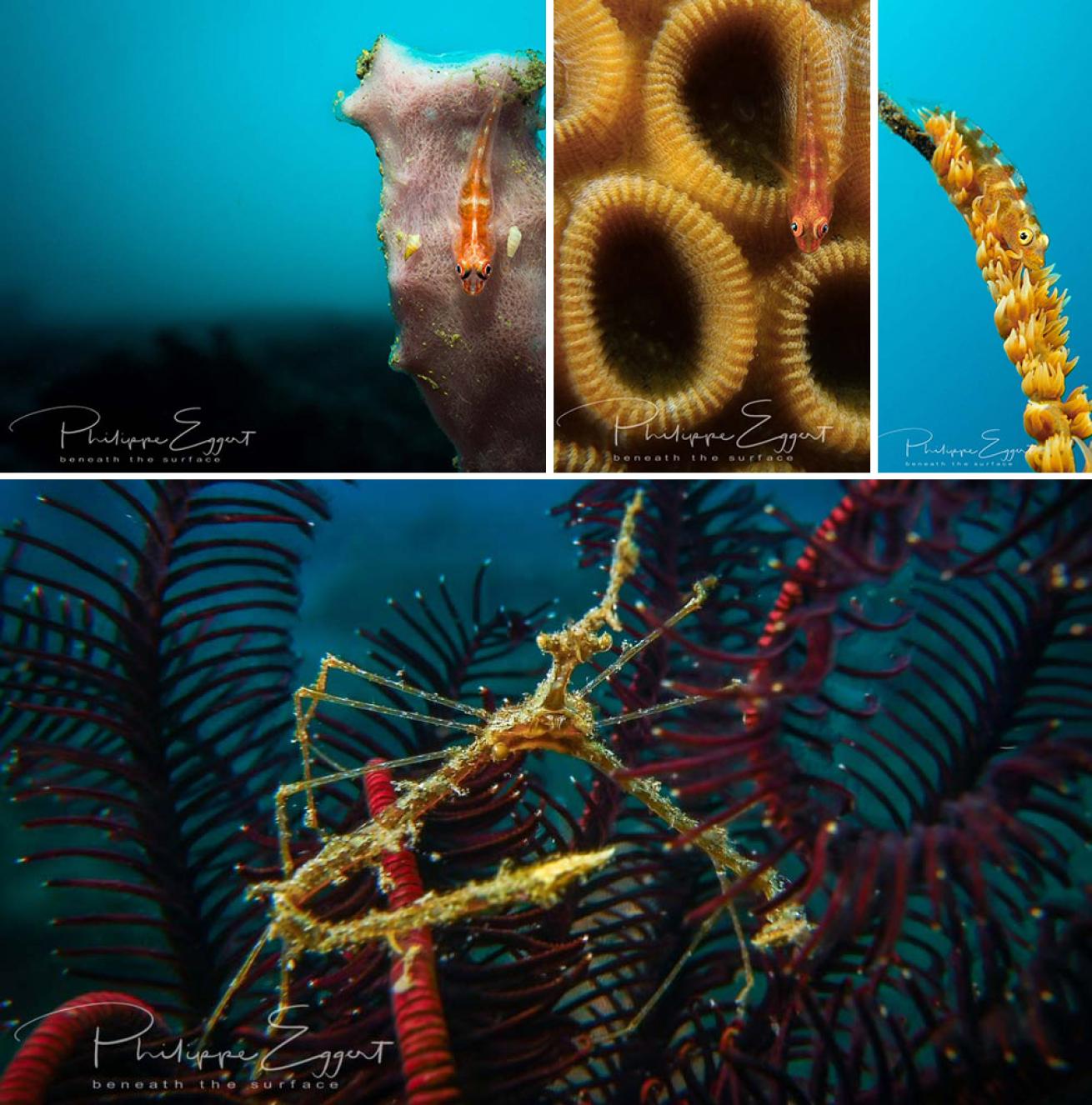
Philippe EggertWhen the subject appears too small in the frame, we move the camera closer to make the subject appear larger, half depressing the shutter again.
Manual Macro Shooters
Rotate the mode dial to M for manual. Tap the Focus key and ensure the focus mode is set to Automatic (this will use macro focus when needed). Tap the Flash key and select Forced Off if using a photo-video light or Forced On if using a flash.
Manual exposure will be determined by the intensity and type of lighting being used, but a great macro starting point for the DC2000 is ISO 125, f/8 and 1/200s. This combination provides nice depth of field for macro shooting, plus the ability to create dark backgrounds if open water is behind the subject. It’s important to note that this is just a starting point, and that minor adjustments will almost always be necessary.
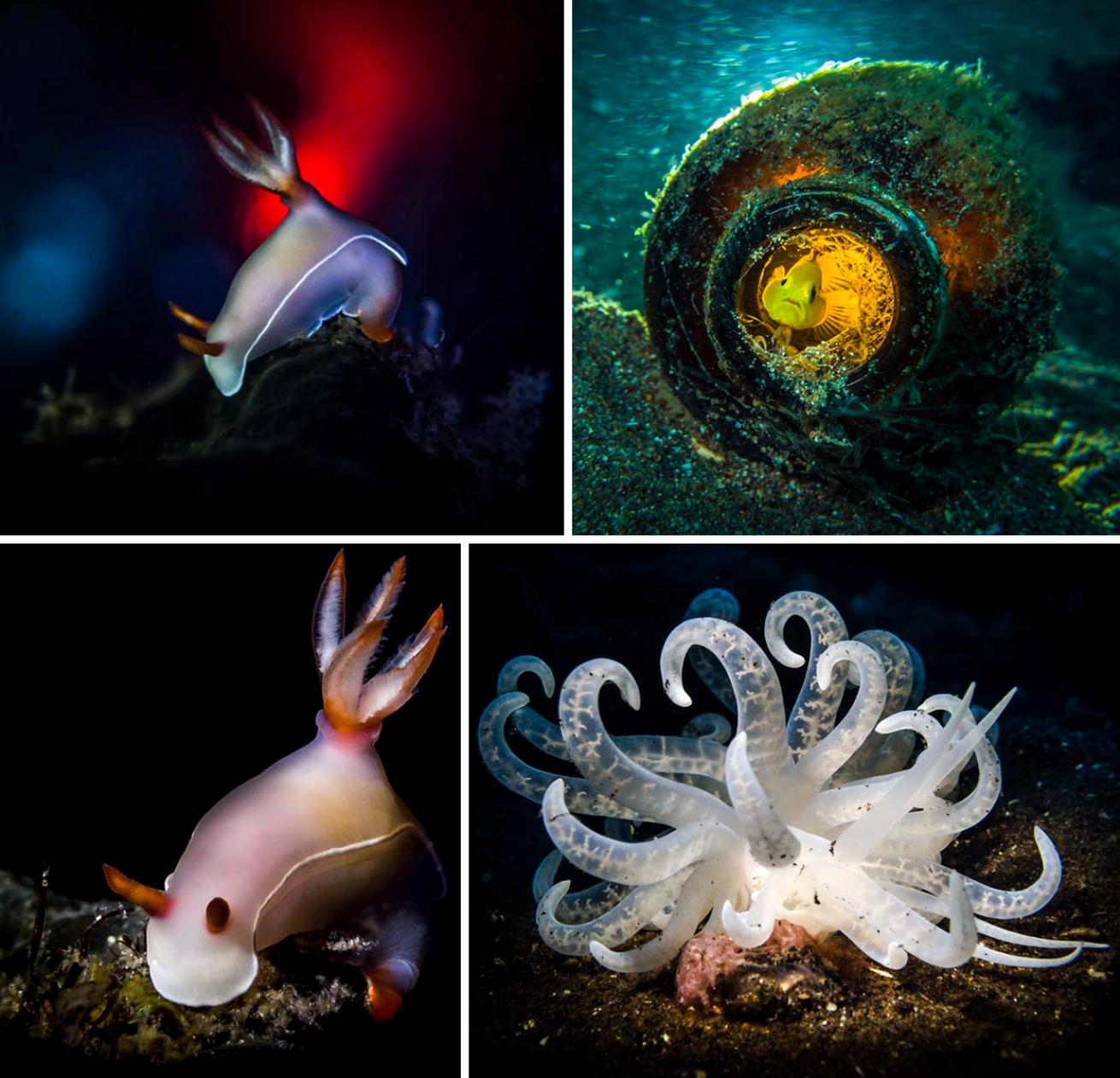
Tobias FriedrichFocus the photo on the subject’s eye (or rhinophores if a nudibranch).
Macro Photo Tips
Get Close to your Subject. This is important in macro photography for two reasons. First, the subject will appear larger in the frame, presenting a crisper image with more detail. Second, the closer you are, the more effectively the flash/light will illuminate the subject. We want strong light in order to bring out rich color and contrast.
Take it to Their Level. A photo pointing down over the top of a subject surely documents the sighting, but it doesn’t make your viewer stop and say, “Wow!” Try to compose your photo with the camera on the same level as the subject, with their face clearly pointing towards the lens. You can even try getting slightly under the subject if they’re on a tall portion of the reef. That will allow you to capture some of the blue water background for color-contrast effect.
Eye Contact. Focus the photo on the subject’s eye (or rhinophores if a nudibranch). You can do this by placing the focus box over the eye, half-pressing the shutter to focus, and then recomposing and fully pressing the shutter. Sharp eye detail, especially when the subject is looking at the lens, will establish a connection with the viewer and a convey a sense of personality in the subject.
Try the DC2000’s Super Macro Focus Mode. This mode magnifies the subject by 1.7x, even when using a diopter, making the subject much larger in the frame. Note that this setting adjusts .jpg images only – raw shooters can skip this and crop in during post.

